Lake of life: the biodiversity of Lake Sofia
Around 200,000 species are known to be found in Madagascar, with many endemic to the island. Here we explore some of the biodiversity of the Lake Sofia site, and why this ecosystem is so important.
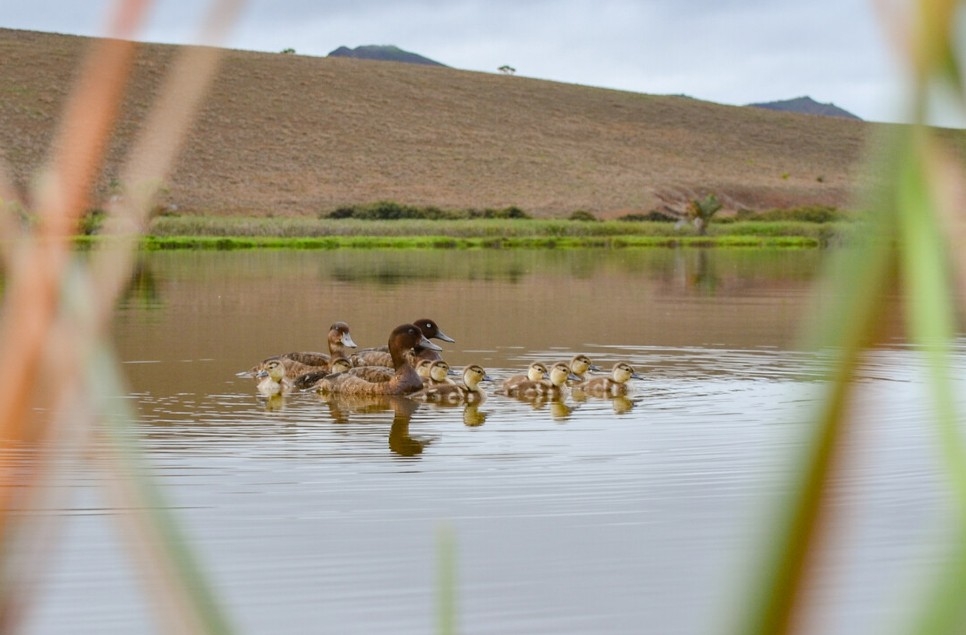
As the early morning mist rises from the lake, a group of Madagascar pochard swim into view. This is the world’s rarest duck and it’s just one of many rare and endangered species found around this lake. From herons to harriers, kingfishers to warblers, these wetlands are a riot of birdlife. Chameleons cling to overhanging branches, while as the sun sets, yet more creatures emerge from the gloom.
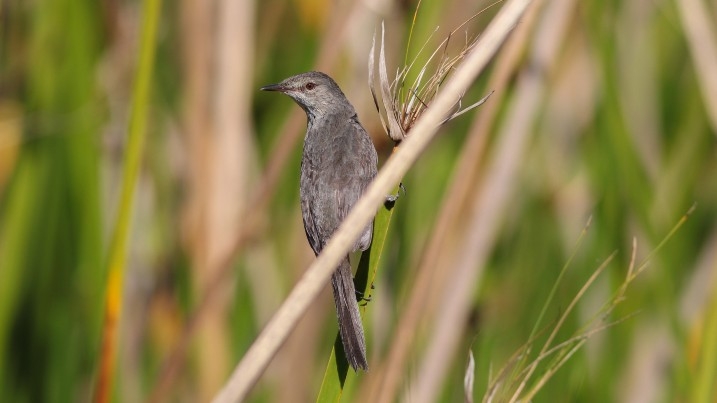
This is Lake Sofia, one of a small number of relatively isolated freshwater lakes found in the remote uplands of north-west Madagascar. Here you’ll find a wealth of endangered and endemic species found nowhere else on the planet.
In fact, across Madagascar it’s estimated that of the 200,000 species known from the island, more than 80% exist nowhere else. From its dense mangroves and lush tropical forests to its life-giving wetlands, it’s an ecological Eden. Early settlers to the island some 2000 years ago found ecosystems – left to develop in pristine and otherworldly conditions, evolved undisturbed.
But like so many of Madagascar’s wetlands, Lake Sofia is much more than just a biodiversity hotspot – it also supports the livelihoods of some 10,000 local people, who rely on its natural resources for their survival. The lake not only provides communities with fresh drinking water, it also supplies fish and the water needed to grow rice and other crops. And it also plays a role in local spiritual life, providing a place to commune with ancestors.
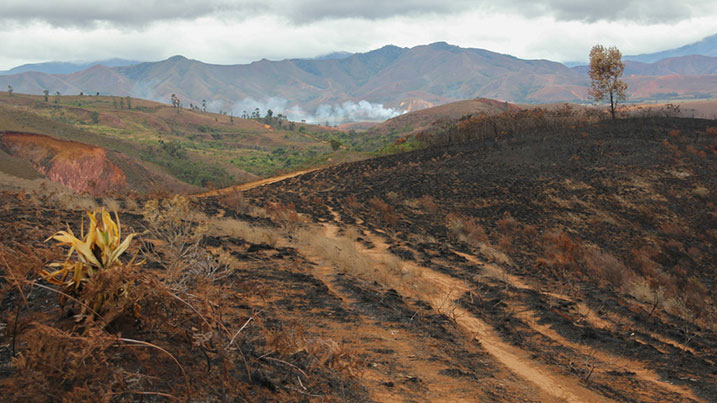
But all is not well for Madagascar’s wetlands, and it is estimated that over 60% have been lost since 1960. Deforestation, overfishing, pollution and burning of land for cattle grazing have all taken their toll, with catastrophic consequences for wildlife and people. Because of Madagascar’s high level of endemism, the localised loss of natural habitat and species can often be irreversible.
The future for Madagascar’s biodiversity
To protect wetland species, and the communities who live alongside them, the Malagasy people are trying to find more sustainable ways to farm, live and govern their remarkable endowment of natural resources. As one of the world’s most economically poor countries, this is hugely challenging.
That is why WWT are working with local and international NGOs, communities, government and change-makers to give the people the tools they need to farm more sustainably and preserve the wetlands they live alongside.
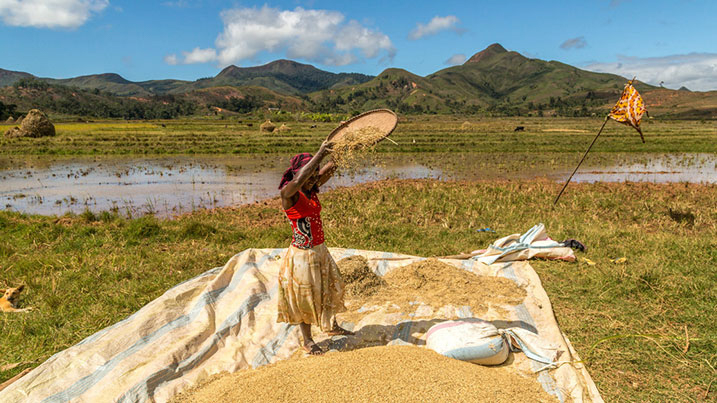
And there is hope on the horizon. Madagascar has now designated 21 Ramsar Sites, with each now awaiting a sustainable management strategy to ensure their wise use. Lake Sofia is among them, and is now co-managed by three associations of local users who have made commitments and plans to protect the lake from harmful activities such as burning of grasslands or over-fishing. The next step is to increase the capacity of government managers and these and other local communities to protect Lake Sofia. This should provide a model for other wetlands in the country, and help ensure a healthy future of all life on this vibrant island.
A photo tour of Lake Sofia
Since the reports of the world’s rarest duck clinging to life on a remote lake in Madagascar fifteen years ago, WWT conservationists have continued to work on the island and have led numerous expeditions there. Over this time our team and their partners have managed to capture some amazing images of some of the more secretive and lesser-seen inhabitants of Lake Sofia’s wetlands. Here’s just a brief snapshot of some of the amazing wildlife they caught on camera.
Malachite kingfisher
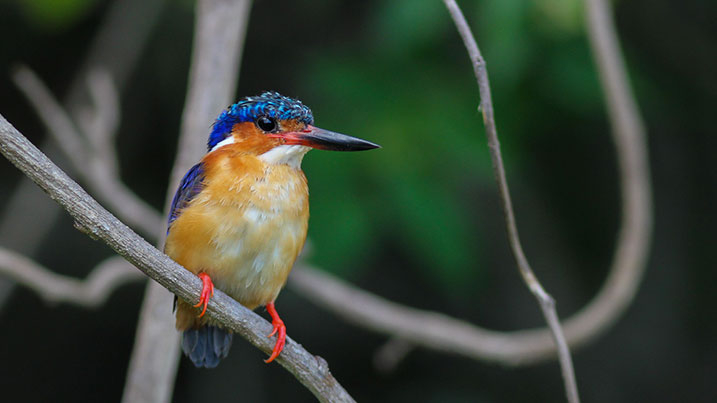
If you catch a silent flash of colour flitting around the water’s edge, you might have seen the resplendent Malachite kingfisher with its jewelled colouring. Featuring the trademark blue of many kingfishers, this kingfisher is adorned with a crown of malachite-hued feathers. The pointed beak remains, slicing through the water with barely a ripple. Dependent on its watery habitat, this kingfisher targets frogs, insects and small fish.
Madagascar harrier
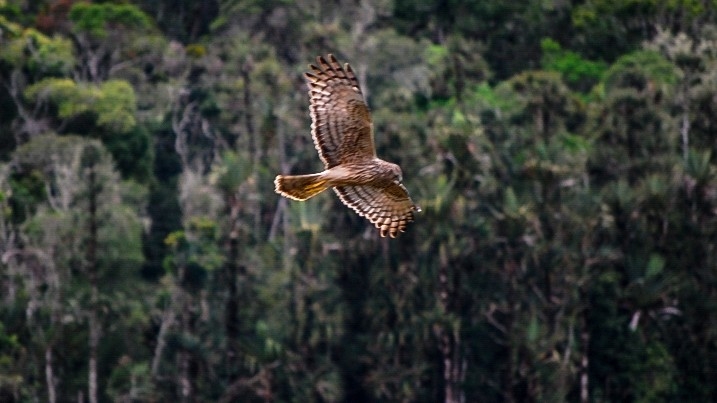
Overhead, the Madagascar harrier cuts a larger silhouette. Like a stealth bomber it swoops low to the ground, before dropping like a stone onto its prey. This endemic bird is a fearsome hunter, and although it has been rarely seen around Lake Sofia it nearly scuppered the chances of our Madagascar pochard chicks. But it is in decline due to loss of habitat, and is currently classed as Vulnerable by the IUCN.
Madagascar grebe
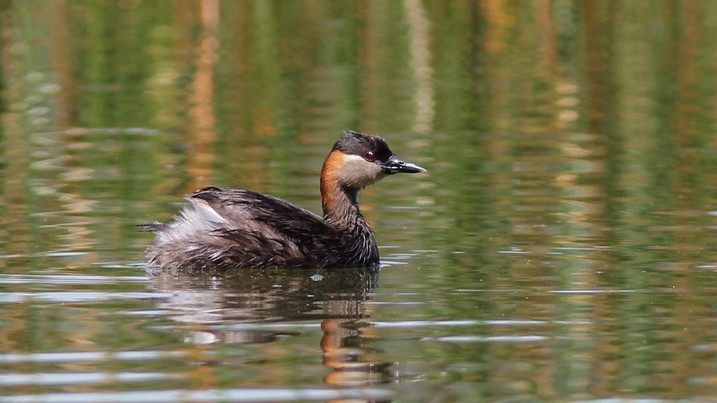
The Madagascar grebe is extremely skittish, having to watch the skies for predators like the harrier and keep an eye out below for the invasive, air-breathing snakehead fish. The grebes are lily-pad lovers and seem to prefer freshwater pools with lots of coverage, perhaps because this helps them feed and shelter from predators. Like their cousin the little grebe, the Madagascan variety builds a complex nest of aquatic plants.
Cryptic chameleon
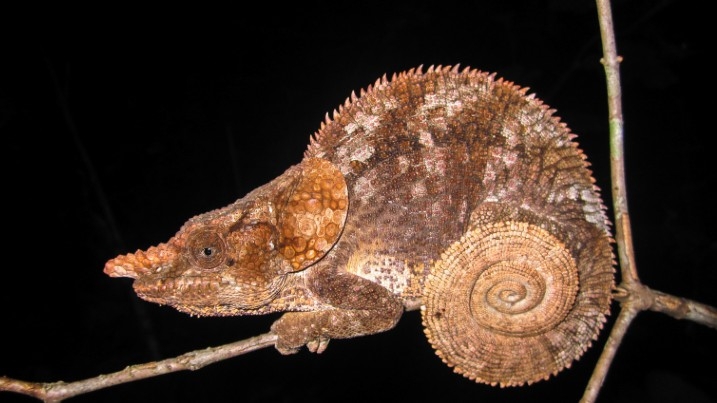
Madagascar is home to two thirds of the world’s 150 chameleon species, with 59 found only in Madagascar. They’re the subject of many unusual turns of phrase in Malagasy, the most unfortunate being: "Ratsy karaha Kandrondro," meaning "ugly as a chameleon"! You’ll find them clinging to branches around the tree-fringed edges of the lake.
Madagascan pond heron
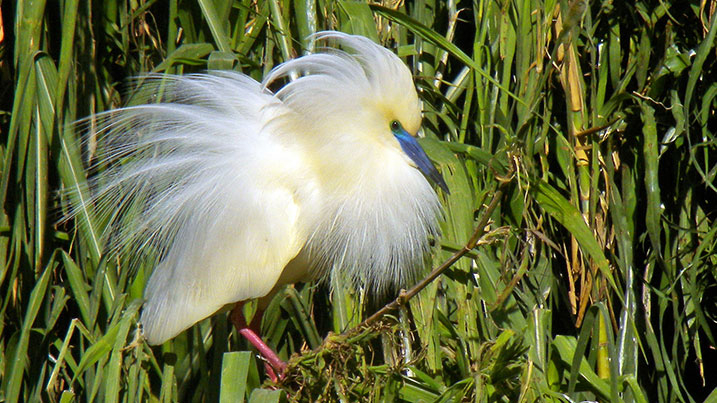
Another spectacularly-crested bird, the pond heron undergoes one of the most dramatic transformations during the breeding season, swapping its duller beige and speckled feathers for a pure white and bright blue beak. This timid species is a highlight of the Lake Sofia environment but is still classed as “Endangered” on the IUCN global Red List. Currently, there is very little known about it, but they tend to hide when sensing human presence, so this is perhaps unsurprising.
WWT has been working in Lake Sofia since it was identified as a site for the reintroduction of captive-raised Madagascar pochards in the 2010s. Since then we have worked with multiple local partners and communities to protect it, one outcome of which was its designation in 2017 as a globally important site for wetland conservation under the Ramsar Convention. Since 2020 we have been implementing a project called “Enhancing biodiversity, livelihoods and climate change resilience through improved management of protected wetlands in Madagascar” that includes support for multiple activities at Lake Sofia. The project is gratefully supported by the financial assistance of the European Union and the Organisation of African, Caribbean and Pacific States through the BIOPAMA Programme.




